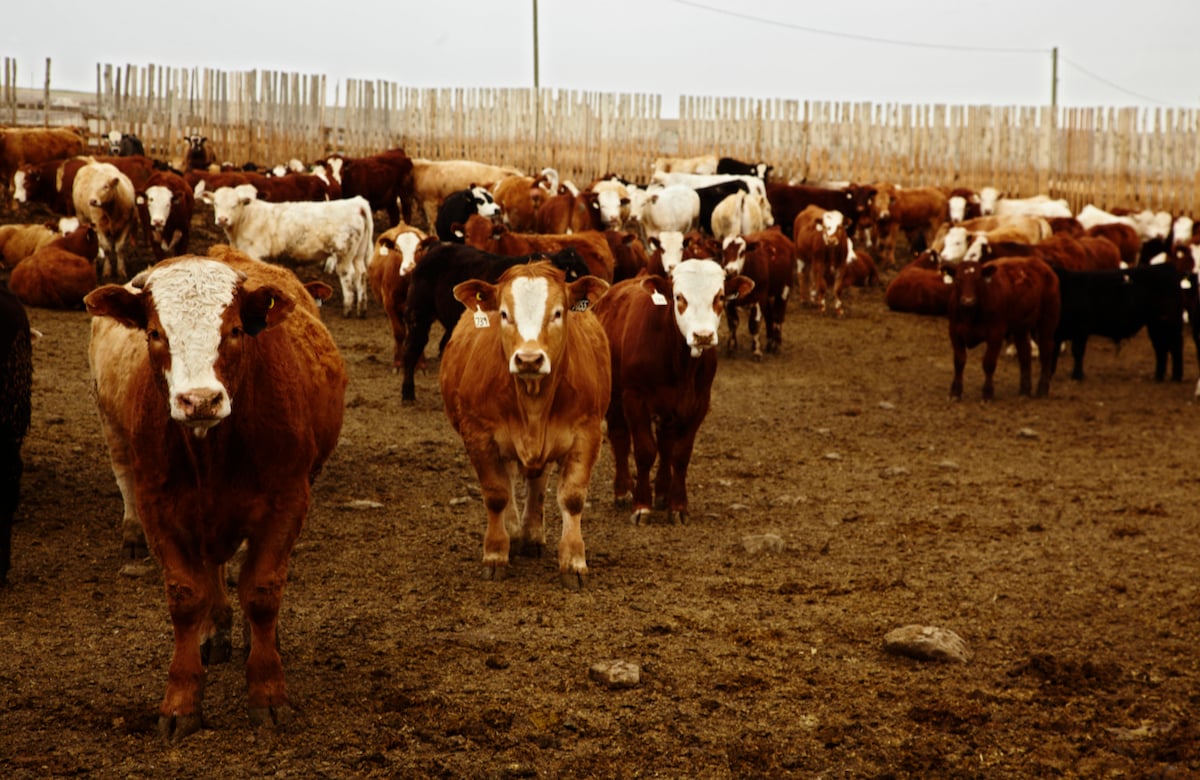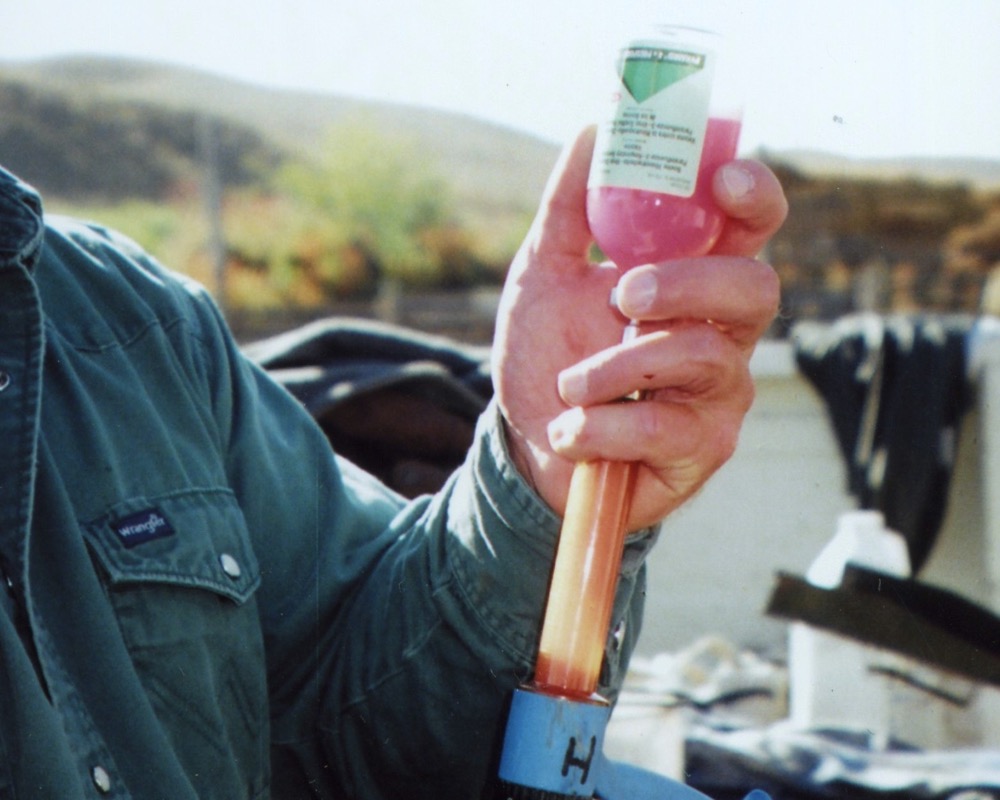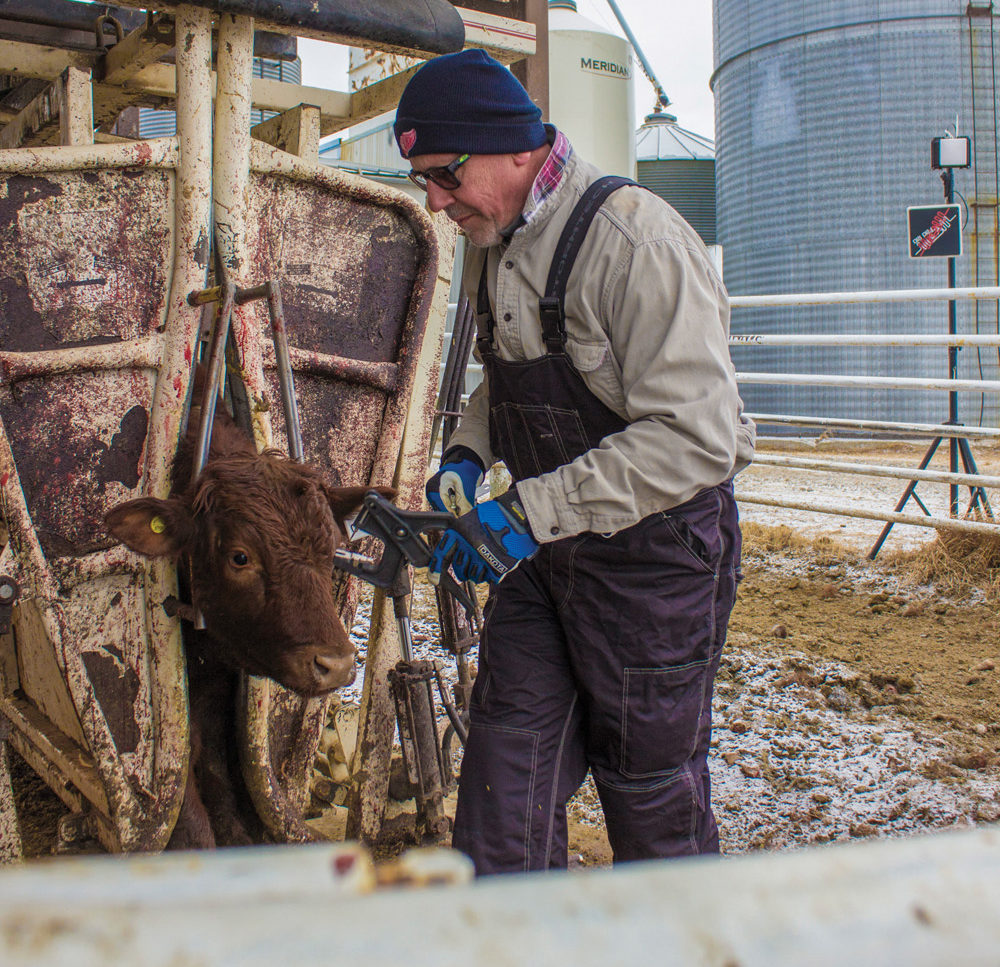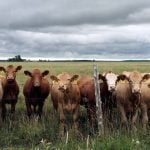Corporal Christian Reister, one of Alberta’s two RCMP officers dedicated to livestock files, offers some tips on how to protect your herd on pasture:
1. Branding is the single biggest deterrent and the greatest single piece of evidence the RCMP can use in court because a brand can’t be altered or removed.
2. Watch out for one another. Be aware of unfamiliar vehicles or ATVs in your neighbours’ yards or pastures as you go about your daily work and don’t hesitate to give the neighbour a call if you do see something suspicious. If you can’t get hold of the neighbour, call the police. Contrary to images of rustlers loading up a trailer and sneaking off into the night, most cattle thefts happen in broad daylight and most often the thief is a person known to the owner of the cattle, including hired hands and neighbours.
Read Also

Trade tariffs would leave U.S. beef industry at risk
Any new tariffs on live cattle entering the U.S. would affect beef prices, says industry analyst Steve Kay
3. Check your cattle regularly, but not routinely. If someone is planning a heist, whether it’s cattle, tools, or equipment, chances are they will be watching the goings on around your farm to decide when to make the move.
4. If you think you are missing cattle or see unusual activity or vehicle tracks, go out and get a good head count right away. If the number is down, that’s the time to call the police so they can collect tire impressions and other evidence and canvass the neighbours for information. Don’t wait until fall roundup to do a head count because it will be almost impossible for the RCMP to collect evidence and chances are that the missing cattle will be long gone.
5. Be aware of who you are giving permission to be on your pastures. If it’s hunters or recreational users you don’t know, get some identification and a vehicle number to hold them accountable because there is always a possibility that they could be there to case out your operation for a theft in the planning.
6. Ask all unaccompanied visitors whether there for pleasure or business to use the gates (not cut the fences) and to close gates behind themselves, but always go out afterward to double-check that the gates are closed and the fences are up.
7. Put padlocks on gates into pastures. Yes, they can be easily cut off, but the presence of locks will be a deterrent.
8. Consider setting up some trail cameras if you or others in your area have been victims of theft.
9. Apply radio-frequency identification tags and, if at all possible, associate the official tag number with the individual animal in your records. At the very least, keep a record of the tag series numbers on each package of tags you purchase.
10. Follow up on references and do background checks when hiring new employees.

















